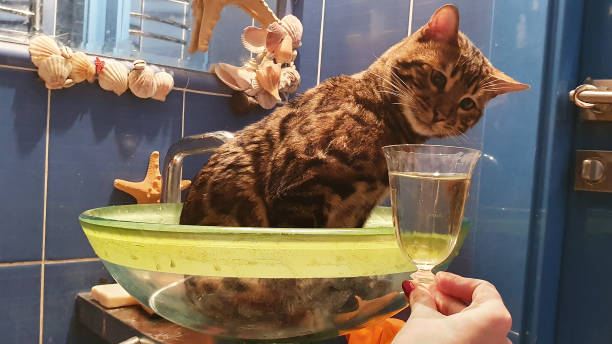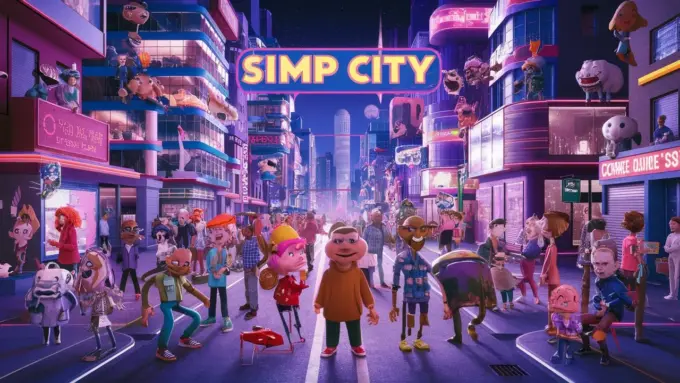The phrase “cat in blender” has recently gained widespread attention online, sparking strong reactions from internet users, animal lovers, and digital safety advocates. While disturbing in nature, the incident serves as an important reminder of how fast shocking content can spread on the internet and the responsibility we all share in managing it. This article explores the origins, public reactions, ethical concerns, and lessons to be learned from the cat in blender controversy.
What Is “Cat in Blender”?
Cat in blender is a viral video that was claimed to depict gruesome and brutal treatment of a cat. The shocking clip started on some online platforms and rapidly circulated via TikTok, Twitter (X), Reddit, and other social media forums. Due to its content, the video was received with anger, condemnation, and demands for immediate action against its creator.
Social media platforms and moderators later started taking down and limiting the video to avoid further visibility, but by that time, the word had already gone into online mainstream discussions.
Public Reaction to Viral Spread
The viral spread of cat in blender video elicited public reactions across the globe:
Anger and Outrage: Millions of people posted their outrage and disgust at the animal cruelty presented in the video.
Support for Animals: Animal welfare groups seized the moment to draw attention to the need to protect pets and report cruelty.
Discussions on Internet Safety: The event prompted intense debates about how dangerous material may quickly find its way to young and unsuspecting Internet users.
Why Did “Cat in Blender” Go Viral?
Regrettably, sickening material tends to circulate faster than news about good or inspiring events. In this incident, the phrase cat in blender went viral due to:
Curiosity: People clicked or shared the word out of curiosity, although they were offended by it.
Shock Value: Shocking or graphic material spreads very quickly on sites.
Platform Delays: Social media sites initially had difficulty erasing all instances of the video, so it spread extensively.
Ethical and Legal Implications
The cat in blender accident gives rise to important ethical and legal issues:
Animal Cruelty: These actions are crimes in most nations and can lead to legal proceedings for those who perpetrate them.
Digital Responsibility: Individuals who find offensive content should report it, not share it.
Platform Accountability: Online sites need to enhance monitoring equipment and ensure offending content is removed rapidly.
Lessons to Learn from “Cat in Blender”
Rather than dwelling on the disturbing elements, this event is a reminder of how to responsibly use the internet:
Do Not Share Harmful Content: Sharing merely spreads and widens disturbing content.
Report Immediately: Always report using tools on sites like TikTok, Twitter, or Reddit.
Promote Animal Welfare: Donate to or volunteer with organizations that prevent animal cruelty and ensure animals receive kindness.
Educate Younger Users: Parents and guardians need to instruct children regarding the dangers of coming across graphic content online.
The Role of Awareness
Spread of the cat in blender video serves as a reminder of the darker aspect of cyber culture. It should remind us of the necessity for enhanced awareness campaigns regarding online safety, the role of compassion, and the energy of shared responsibility online. Through awareness, we can minimize the spread of toxic content and promote better behavior online.
Conclusion
The blender cat controversy is not just about one such horrific incident, but also about the difficulties of contemporary internet culture. Though gruesome videos may get attention, they also highlight the need for more enhanced protections, more platform responsibility, and a stronger focus on animal welfare.
Ultimately, this viral moment should inspire greater compassion, awareness, and responsibility among online communities. The internet can be a powerful place for connection and education—but only if we choose to use it wisely.












Leave a comment